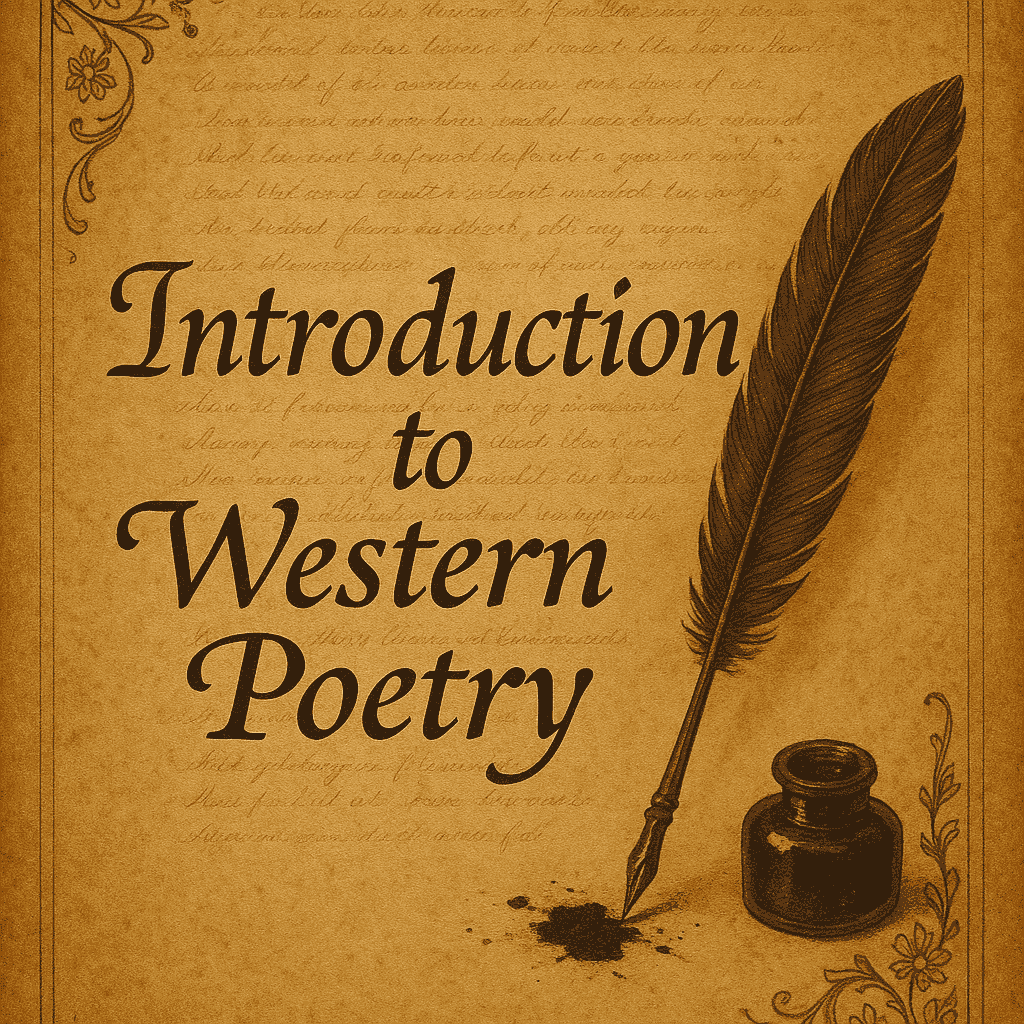
Exploring the Rhythmic Tapestry of Western poem: A Journey Through Forms and Freedom
1. Free Verse: The Unshackled Soul
Emerging in the late 19th century, free verse shattered traditional rules of meter and rhyme, prioritizing natural speech rhythms and raw emotional expression. Walt Whitman's Leaves of Grass epitomizes this form, with sprawling lines like:
"I celebrate myself, and sing myself, / And what I assume you shall assume." Free verse thrives on vivid imagery and fluidity, making it ideal for capturing the chaos and beauty of modern life.
2. Sonnet: Fourteen Lines of Perfection
The sonnet, born in Renaissance Italy, is a 14-line marvel often written in iambic pentameter. Shakespeare perfected the English (or Elizabethan) sonnet, using the rhyme scheme ABAB CDCD EFEF GG. His Sonnet 18 immortalizes love's timelessness:
"Shall I compare thee to a summer's day? / Thou art more lovely and more temperate." The sonnet's compact structure challenges poets to distill profound emotions into a crystalline form.
3. Haiku: Borrowed Serenity from the East
Though rooted in Japan, the haiku (traditionally 5-7-5 syllables) found a home in Western poem through Imagists like Ezra Pound. It captures fleeting moments, often juxtaposing nature and human experience. Bashō's classic:
"Old pond— / a frog jumps in, / sound of water." Western haiku often relaxes syllable rules but retains its essence: simplicity, seasonal references (kigo), and sudden insight.
4. Limerick: Whimsy in Five Lines
The limerick is a rollicking five-line poem with an AABBA rhyme scheme, known for humor and absurdity. Popularized by Edward Lear in The Book of Nonsense, examples like:
"There was an Old Man with a beard, / Who said, 'It is just as I feared!— / Two Owls and a Hen, / Four Larks and a Wren, / Have all built their nests in my beard!'" Its catchy rhythm and punchline endings make it a favorite for lighthearted storytelling.
5. Ballad: Storytelling Through Song
Medieval ballads were narrative poems passed down orally, featuring quatrains (four-line stanzas) with an ABCB rhyme scheme. Folk ballads like Sir Patrick Spens recount dramatic tales:
"The king sits in Dunfermline town, / Drinking the blood-red wine." Modern ballads, like Bob Dylan's Blowin' in the Wind, blend traditional storytelling with contemporary themes.
6. Ode: A Lyrical Tribute to the Sublime
Originating in ancient Greece, the ode celebrates lofty subjects—gods, heroes, or abstract ideals. John Keats' Ode to a Nightingale grapples with mortality:
"Thou wast not born for death, immortal Bird! / No hungry generations tread thee down." With its formal tone and strophic structure, the ode elevates personal reflection to universal truth.
7. Epic: The Monumental Saga
Epics are grand narratives chronicling heroic deeds and cultural myths. Homer's Iliad and Milton's Paradise Lost exemplify this form, blending elevated language with cosmic stakes:
"Of Man's First Disobedience, and the Fruit / Of that Forbidden Tree…" Epics preserve collective memory, often spanning generations and exploring themes of fate, honor, and divine intervention.